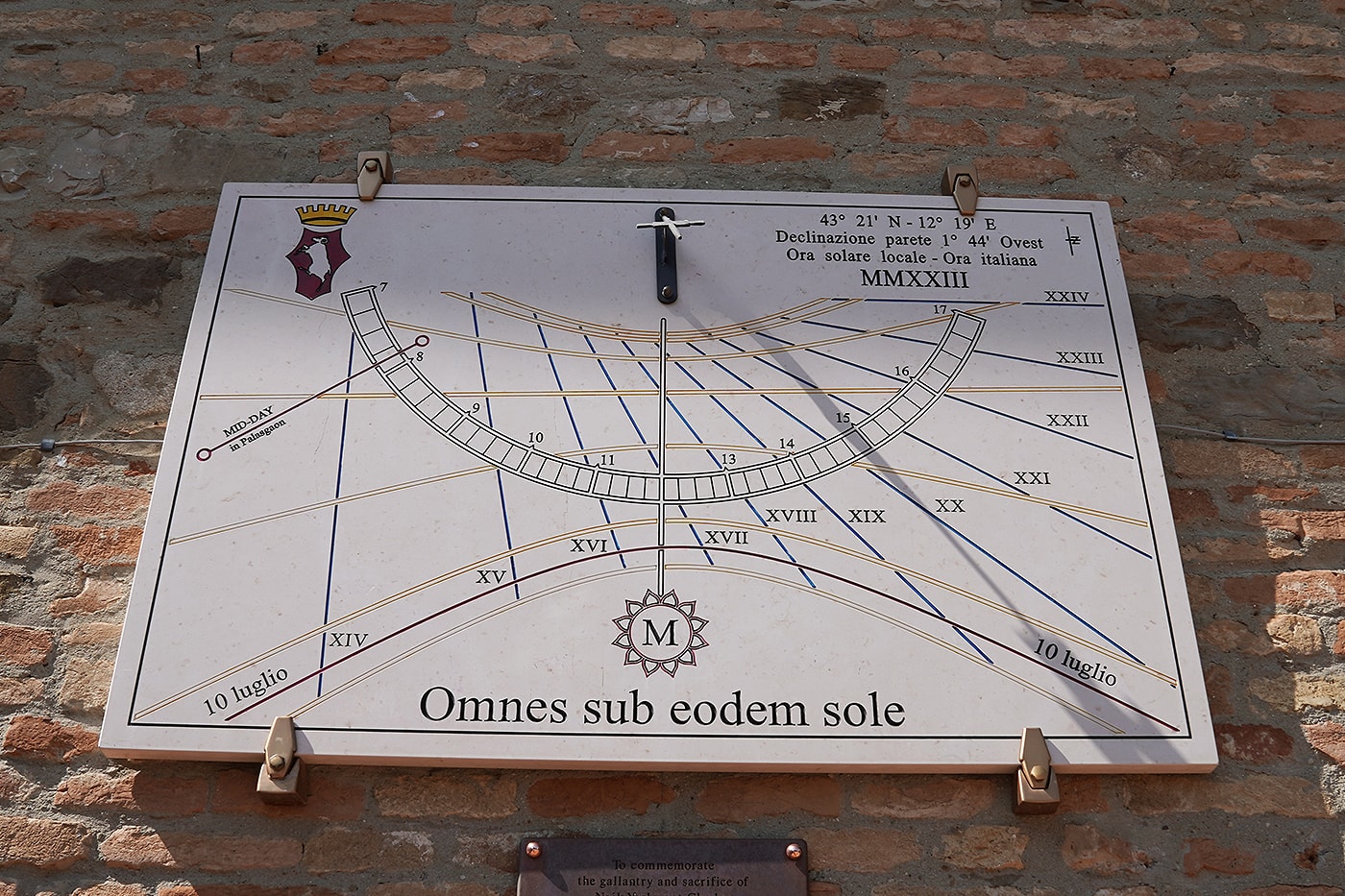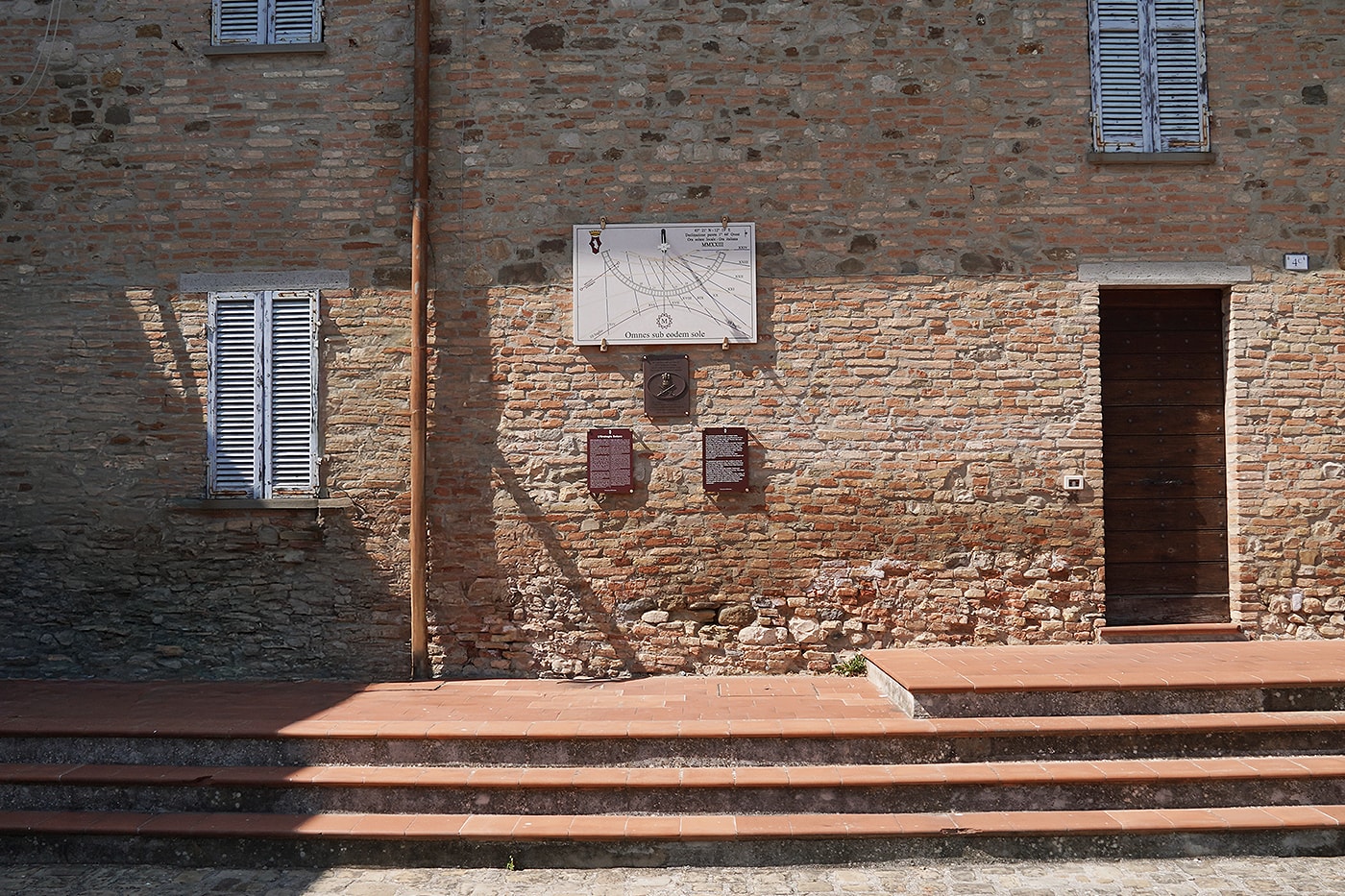During the Second World War, the Allies entrusted the advance through the Upper Tiber Valley to two Indian divisions.
In the fierce fighting that took place on July 10th, 1944, on the hills along the border between the territories of Montone, Pietralunga, and Città di Castello, thirteen Indian soldiers and an unknown number of Germans lost their lives. The places where the battles took place – Morlupo, Monte Marucchino, Castricciano, Colle dei Sorci – are now nearly forgotten. Once strategic due to their mountainous terrain, these areas allowed the German forces to entrench themselves and resist the Allies advance.
At dawn on that July 10th, after German machine guns had mowed down many of his platoon, Indian soldier Yeshwant Ghadge did not retreat. Instead, he charged alone at an enemy position, engaging in hand-to-hand combat and killing its occupants. He was ultimately killed by German snipers. For his extraordinary bravery, he was posthumously awarded the Victoria Cross, the highest military honor in the British and Commonwealth forces.
Ghadge was 23 years old. He came from Palasgaon, in the Indian state of Maharashtra, and left behind his wife Laxmibai, whom he had married before departing for a war in lands he likely did not know.
Until September 2019, Ghadge and others from his unit were considered “missing with no known grave,” as recorded at the Cassino War Memorial and in official documents. His friend and comrade, English soldier Albert Goodwin, visited Montone several times in an attempt to locate Ghadge’s grave, but in vain.
However, in the summer of 2019, new documents emerged from British archives. Thanks to the determined efforts of Roger Freeman, the Commonwealth War Graves Commission discovered a record confirming that Ghadge’s remains – along with those of several fellow soldiers – had been exhumed by British authorities on October 25th, 1945, near Colle dei Sorci. Although lacking identification tags, the bodies were recognized based on inscriptions left at the burial site. They were transferred to the Arezzo War Cemetery, cremated, and, in the presence of a Hindu priest, their ashes were placed in a single container and scattered in a river.
In 2023, five aiming stones were installed along the walls of Montone. These guide the viewer’s gaze toward key points in the valley where the major battles of July 1944 took place. Together with a sundial bearing the motto “Omnes sub eodem sole – We all live under the same sun”, located in Piazza San Francesco, these stones form a war memorial dedicated to Yeshwant Ghadge. In July 1944, he was the sole survivor of a Maratha platoon ambushed by German machine guns, but continued to fight until he was fatally shot. For this heroic act, he posthumously received the Victoria Cross, the highest British award.
The memorial is a lasting tribute from the Upper Tiber Valley to all those men who gave their lives to restore our freedom.
On July 5th, 2025, a bronze sculpture in memory of Yeshwant Ghadge was unveiled. The artwork, financed by the Indian government and created by artist Emanuele Ventanni, stands as a powerful symbol of remembrance and gratitude.




